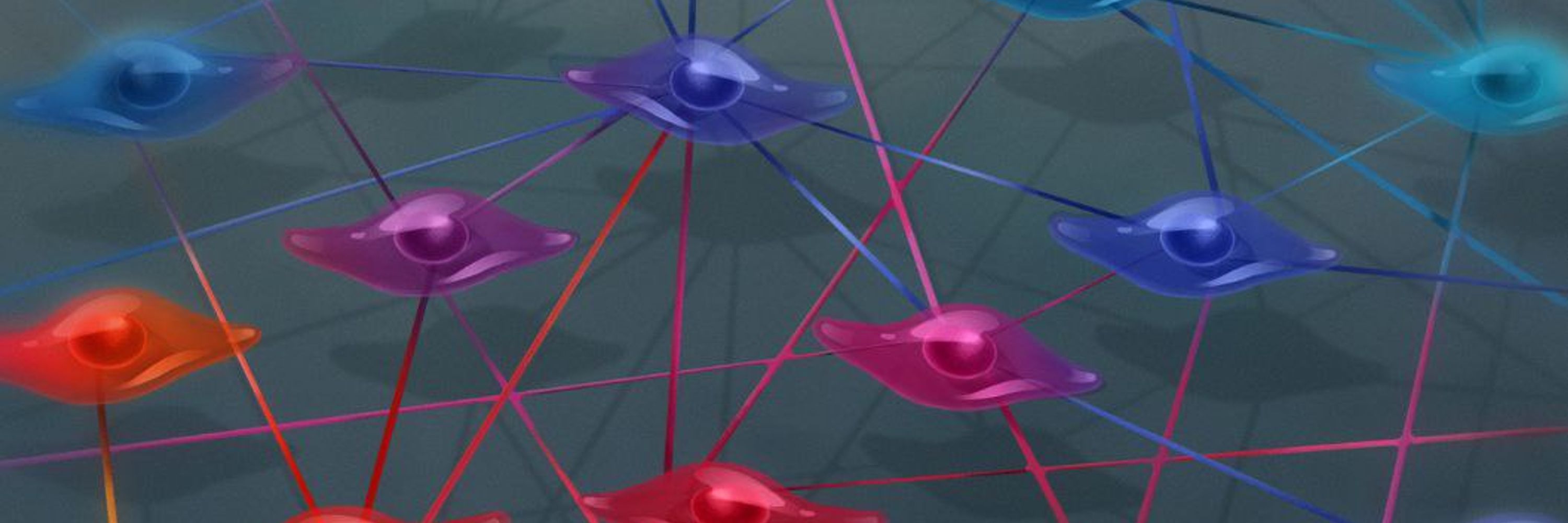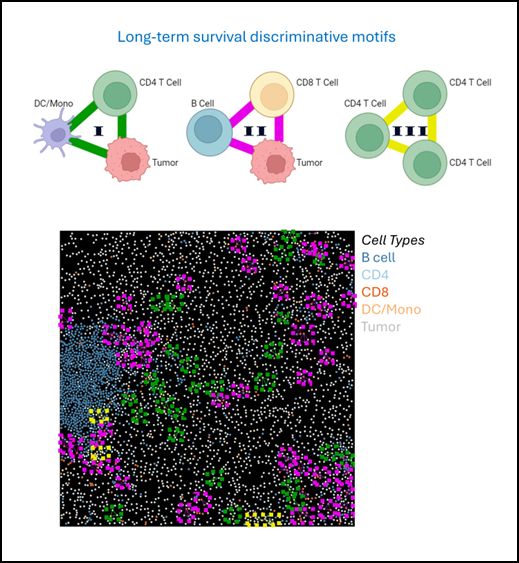
https://www.assafzaritsky.com/
3/3

3/3
doi.org/10.1016/j.ce...
We propose a self-supervised anomaly representation that encodes morphological inter-feature dependencies for high-content image-based cell phenotyping!
1/3

doi.org/10.1016/j.ce...
We propose a self-supervised anomaly representation that encodes morphological inter-feature dependencies for high-content image-based cell phenotyping!
1/3
meetings.cshl.edu/meetings.asp...
Bringing together experiments, computation and theory to explore dynamic, multi-scale cellular organization and function!
1/3

meetings.cshl.edu/meetings.asp...
Bringing together experiments, computation and theory to explore dynamic, multi-scale cellular organization and function!
1/3
16/n

16/n
14/n

14/n
13/n

13/n
12/n

12/n
11/n

11/n
10/n

10/n
9/n

9/n
8/n

8/n
7/n

7/n
Cohort and data by our collaborators @yaelam75 and @leeat_keren are described here doi.org/10.1101/2024...
6/n

Cohort and data by our collaborators @yaelam75 and @leeat_keren are described here doi.org/10.1101/2024...
6/n
5/n

5/n
4/n

4/n
3/n

3/n
2/n

2/n
doi.org/10.1101/2025...
🧵
1/n

doi.org/10.1101/2025...
🧵
1/n

